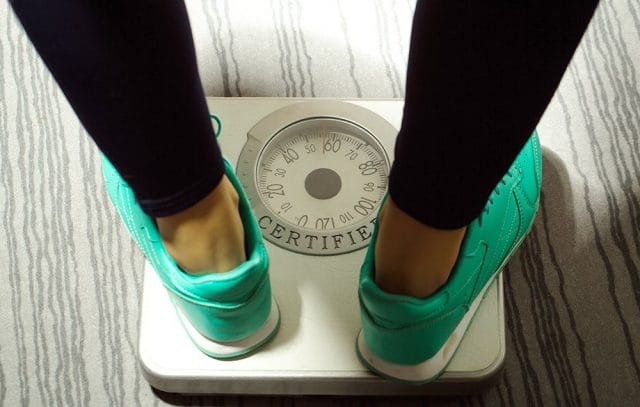14 Cycling Weight-Loss Strategies That Really Work
Cycling is famous for riders who spare no expense to lighten their bikes (and often their wallets). Lusting after featherweight carbonfibre gear can be a very expensive hobby. And while it's always helpful to shave off a little weight, the best place to start is on your body—not your bike.
Cycling is famous for riders who spare no expense to lighten their bikes (and often their wallets). Lusting after featherweight carbon fibre gear can be a very expensive hobby. And while it’s always helpful to shave off a little weight, the best place to start is on your body—not your bike. – By Jason Sumner

Trimming a few grams will help your performance by improving your power-to-weight ratio. Of course it’s also good for overall health, too. And the good news is that you don’t have to forego your favourite foods in order to lose weight. Here are some tips for unpacking that extra baggage you have been carrying around.
READ MORE ON: bike advice nutrition training programmes

